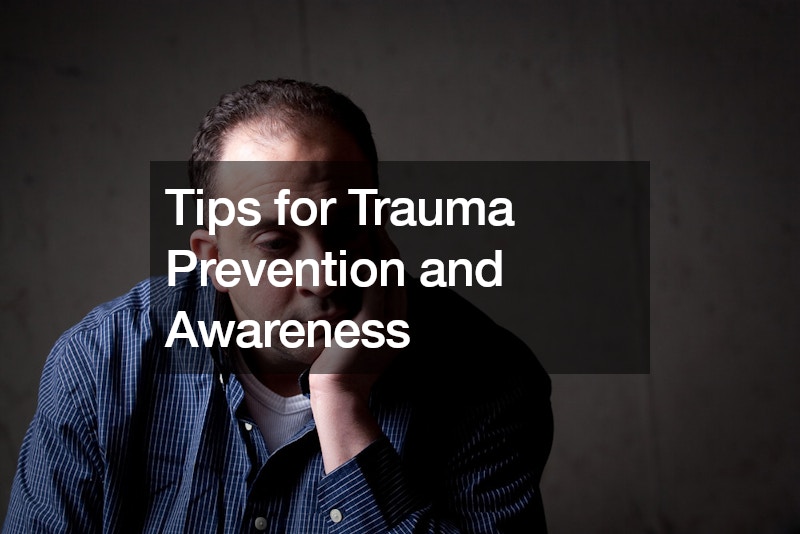Pre Venting trauma and raising awareness about its impact are essential for promoting well-being and safety in communities. Firstly, prioritize education and training programs to increase awareness about the causes and effects of trauma. Empowering individuals with knowledge about trauma can help them recognize warning signs, seek support, and take proactive steps to prevent traumatic experiences.
Secondly, foster supportive and nurturing environments that promote resilience and coping skills. Building strong social support networks and encouraging open communication can mitigate the impact of trauma and facilitate healing and recovery.
Also be sure to offer trauma prevention programs. Furthermore, prioritize early intervention and access to mental health services for individuals at risk of experiencing trauma or struggling with its aftermath. Investing in resources and programs that provide trauma-informed care and support can help individuals address underlying issues and build resilience in the face of adversity.
Additionally, advocate for policies and initiatives that address systemic factors contributing to trauma, such as poverty, discrimination, and violence. Collaborating with community leaders, policymakers, and organizations can drive positive change and create safer and more inclusive environments for all.
By prioritizing trauma prevention programs and awareness efforts at individual, community, and systemic levels, we can foster resilience, promote healing, and create a culture of safety and support for individuals and communities affected by trauma.


